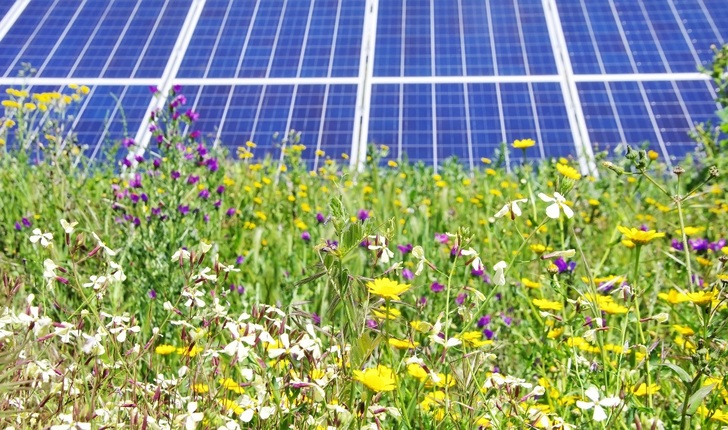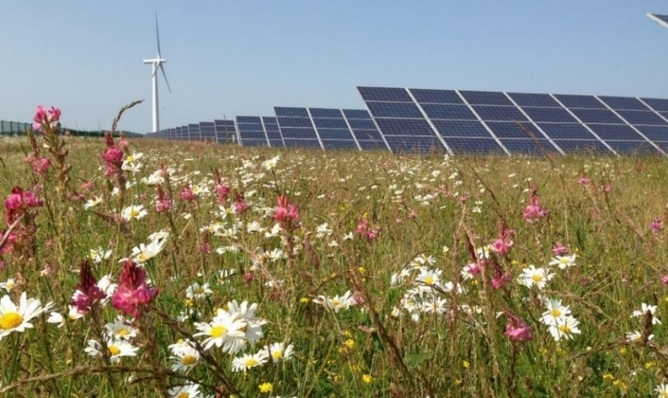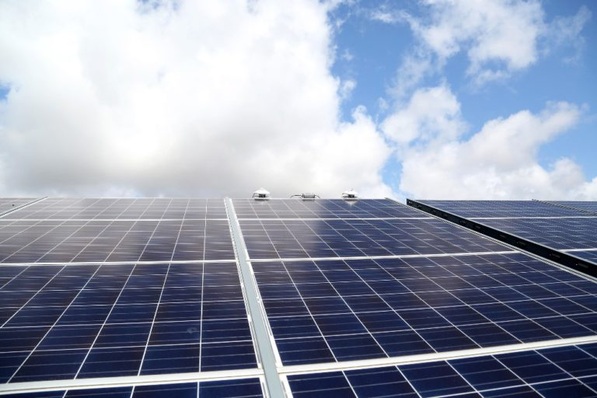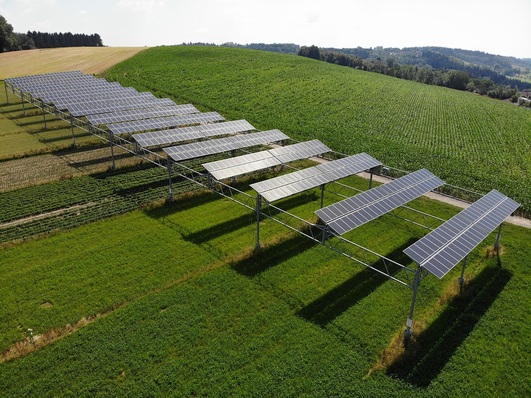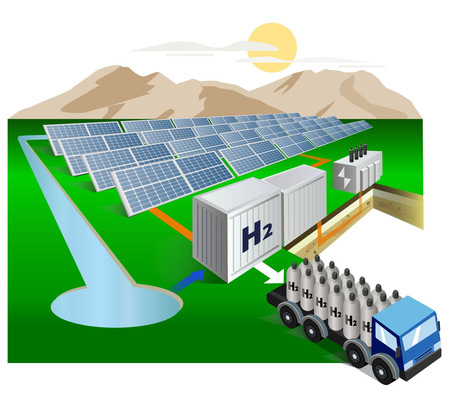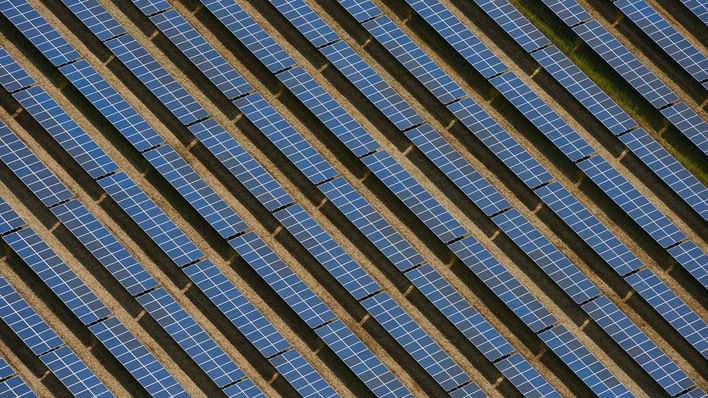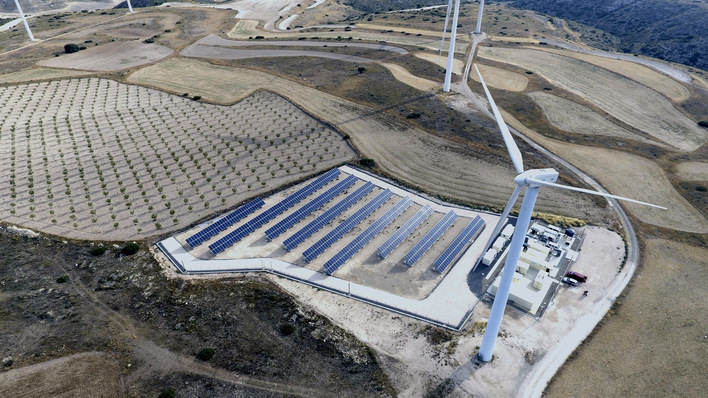This week the European Commission presented a new Biodiversity Strategy and a Farm to Fork Strategy, to halt biodiversity loss in Europe and transform our food system towards a sustainable future.
The new Biodiversity Strategy makes it clear that the EU will prioritise and foster win-win solutions such as solar farms, which provide biodiversity-friendly soil cover – due to the fact that solar sites protect the ground from human impact, allowing for increased plant growth and wildlife health.
Solar can help promote and conserve biological diversity
Aurelie Beauvais, Policy Director at SolarPower Europe, said: “Solar farms can have a positive impact on biodiversity. A recent study from Germany showed that the land that solar farms are built on show greater diversity, provide refuge for different species, and maintain habitat structures. Climate protection and the protection of biodiversity can go hand in hand – solar can help promote and conserve biological diversity.”
Did you miss that? Greater consideration of PV in the EU Green Deal
The new Farm to Fork Strategy points out that farm houses and barns are often perfect for placing solar panels, and that such investments should be prioritised in the future EU Common Agricultural Policy (CAP) Strategic Plans. The Commission will set out to take concrete steps to accelerate market adoption of the technology and other energy efficient solutions in the agriculture and food sectors.
Solar has a huge potential to enable rural development in the EU
Miguel Herrero Cangas, Policy Advisor and Coordinator of SolarPower Europe’s Agri-PV workstream, commented: “Solar has a huge potential to enable sustainable rural development in the EU. The proposal to include the deployment of solar on farmhouses and barns as part of Member State’s CAP Strategic Plans is very positive. It is also important to consider that European companies are leading the world in Agri-PV (agricultural photovoltaic applications) technical solutions, which combine agricultural infrastructure and solar PV. With Agri-PV, solar can be deployed on greenhouses and over crops, providing protection from heat and hail, which reduces water consumption and the use of pesticides as well as land-use change. Agri-PV can massively contribute towards a more sustainable food system and these options should be explored further.” (HCN)


